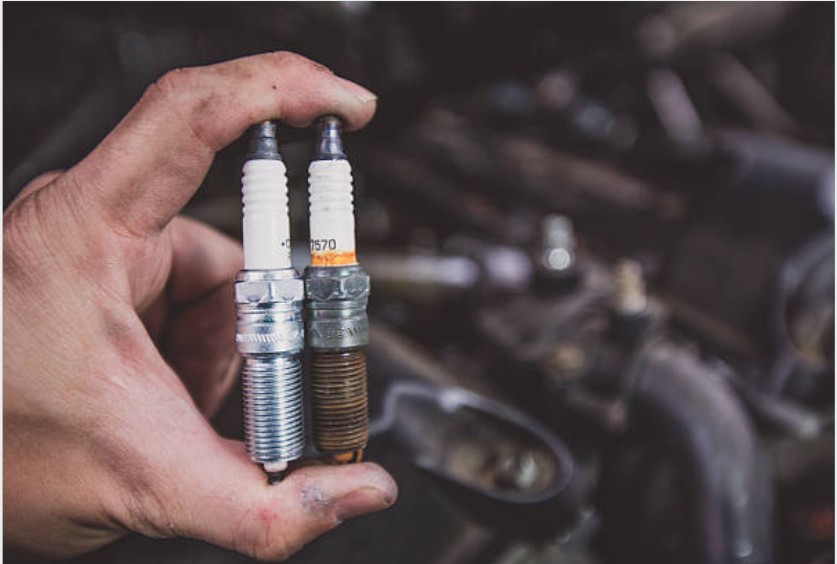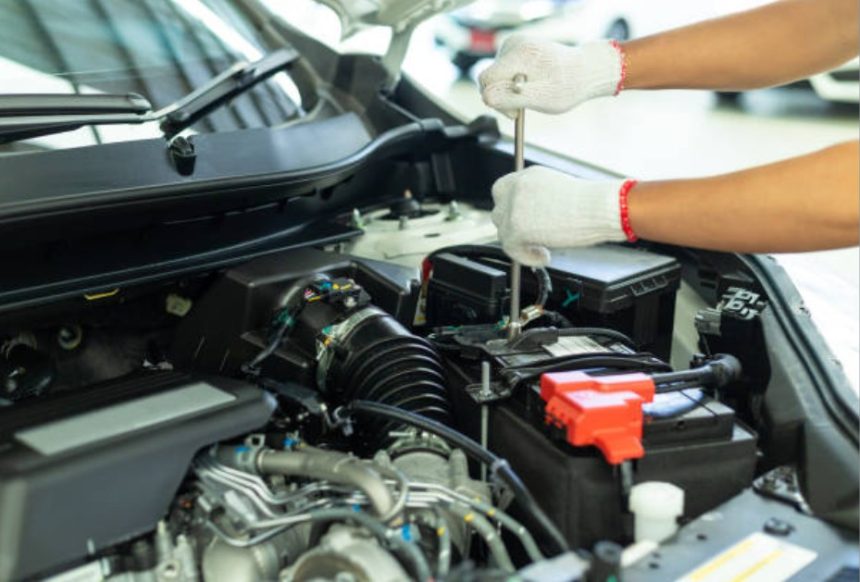The MOT test is a critical part of vehicle ownership in the UK, ensuring that every car on the road is safe to drive and environmentally compliant. One key component of this annual check is the exhaust emission test. But why do MOT tests include an exhaust emission test, and what does it mean for everyday drivers?
Let’s explore the reasons behind the test, what it involves, and how motorists can prepare to avoid unnecessary failures.
Understanding the MOT: What Is It and Why Does It Matter?
The MOT test, introduced in the 1960s and now overseen by the Driver and Vehicle Standards Agency (DVSA), serves as a standardised inspection for vehicles over three years old. It ensures that cars meet road safety and environmental standards.
What’s Covered in the MOT?

The test includes an evaluation of multiple systems, such as:
- Braking performance
- Suspension and steering
- Tyres and wheels
- Seatbelts and safety systems
- Vehicle emissions and the exhaust system
The inclusion of the emission test is specifically designed to address air pollution concerns.
Who Conducts the Test?
Only certified MOT testers working in DVSA-approved testing centres can conduct inspections. This ensures that the same high standard is maintained across the UK.
Why Do MOT Tests Include an Exhaust Emission Test?
The emission test was introduced to align MOT standards with increasing environmental concerns and tighter UK legislation. Today, it plays a vital role in controlling the amount of toxic gases released into the air.
Legal and Environmental Considerations
The UK government, through the DVSA and environmental agencies, mandates emissions testing to comply with both national air quality targets and EU-derived emission standards, even after Brexit.
The Impact on Public Health

Vehicle emissions contribute significantly to poor air quality, especially in urban areas. Gases such as:
- Nitrogen Oxides (NOx)
- Carbon Monoxide (CO)
- Particulate Matter (PM)
have been directly linked to respiratory issues, cardiovascular problems, and environmental degradation.
By testing vehicle emissions, the MOT serves as a gatekeeper, ensuring only clean-running vehicles remain on the road.
What Happens During the Exhaust Emission Test?
The emission test varies depending on whether the vehicle is petrol or diesel powered, as each fuel type emits pollutants differently.
Petrol vs Diesel: The Main Differences
- Petrol cars are checked for levels of CO, hydrocarbons (HC), and oxygen.
- Diesel vehicles are primarily tested for smoke levels under acceleration, using a smoke meter.
These readings are compared against manufacturer-set or DVSA default standards for acceptable emissions.
Testing Process
The tester uses an emissions gas analyser to measure exhaust output while the vehicle engine runs under controlled conditions. In newer vehicles, onboard diagnostics (OBD) systems may also be scanned for fault codes related to emissions.
Equipment Used
- Exhaust gas analyser (for CO, HC, NOx)
- Smoke meter (diesel vehicles)
- Diagnostic scan tools (for newer cars)
This equipment allows for precise measurement of pollutants, ensuring the car remains within legal emission thresholds.
What Are the Emissions Standards Used in UK MOTs?
Emissions standards vary depending on when the car was built. Generally, the newer the car, the stricter the requirements.
Understanding Euro Emission Standards
The UK follows Euro standards, ranging from Euro 1 to Euro 6. Each stage represents a step forward in reducing vehicle emissions.
For example:
- Euro 3 introduced NOx limits for petrol engines.
- Euro 6, implemented in 2015, significantly cut diesel NOx emissions.
Year-by-Year Standards Breakdown
| Vehicle Type | Year Registered | Euro Standard | Emission Limits (Approx.) |
|---|---|---|---|
| Petrol | 1992–2000 | Euro 1–3 | ≤2.3% CO, basic HC checks |
| Petrol | 2001–2015 | Euro 4–5 | ≤1.0% CO, lower NOx |
| Diesel | Pre-2005 | Euro 3 | Smoke only, no NOx limit |
| Diesel | 2005–2020 | Euro 4–6 | No visible smoke, strict NOx/PM |
Cars that exceed these limits during an MOT will automatically fail unless repairs are carried out.
What Can Cause a Vehicle to Fail the Emissions Test?
Several factors can lead to a failed emissions test, even in otherwise roadworthy vehicles.
Common Culprits

- Malfunctioning catalytic converter: Reduces harmful gases; if it fails, emissions increase.
- Faulty oxygen sensors: Send inaccurate data to the engine control unit.
- Worn spark plugs or fuel injectors affect combustion efficiency.
- Dirty air filters: Reduce airflow and increase fuel consumption.
Each of these issues can cause emissions to exceed legal limits, resulting in a failed MOT.
How Can Drivers Prepare for the Emissions Test?
Preparation can make a big difference in passing the MOT the first time around.
Maintenance Tips
- Warm up your engine before the test. A warm engine performs better and emits fewer pollutants.
- Use premium fuel or a fuel system cleaner to flush out carbon deposits.
- Check engine warning lights – if the light is on, the car will likely fail the test.
- Replace dirty air filters to improve airflow and reduce emissions.
Simple Pre-MOT Emissions Prep:
- Ensure warning lights are off
- Drive on the motorway before your MOT to clear the exhaust
- Use a fuel additive to clean internal components
- Perform a basic service (oil and filters)
A short motorway run before the MOT helps clean out the catalytic converter and burn off excess carbon, especially helpful for diesel vehicles.
What If My Car Fails the Exhaust Emissions Test?
Next Steps
If your car fails, you’ll receive a VT30 fail certificate and a list of reasons for the failure. You won’t receive an updated MOT certificate until the problem is fixed.
Driving After Failure
If your current MOT certificate is still valid and your car has no dangerous faults, you’re legally allowed to drive it to a repair garage or back home. However, if the emissions failure is classified as dangerous, you can’t legally drive the vehicle.
Retesting and Repairs
Once repairs are made, most garages will offer a free partial retest within 10 working days. Common fixes include replacing the catalytic converter or cleaning the exhaust system.
Conclusion: Keeping Vehicles Roadworthy and Environmentally Friendly
So, why do MOT tests include an exhaust emission test? Quite simply, it’s a crucial part of reducing harmful pollutants, keeping UK roads cleaner, and protecting public health.
By enforcing strict emission standards, the MOT ensures that every vehicle plays its part in tackling air pollution. For drivers, staying on top of basic maintenance can prevent an emissions-related failure and contribute to a healthier environment for everyone.
Whether you’re prepping for your MOT or just curious about the process, understanding the emissions test helps you stay informed, responsible, and road-ready.






